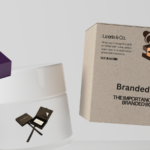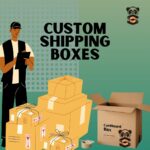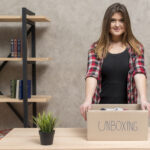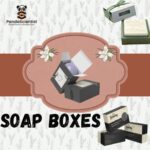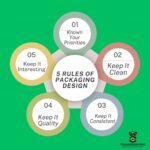An In-Depth Guide to Folding Carton Packaging and Common Styles
What are Folding Cartons?
Folding cartons are viable for virtually any packaging application. They are built as a relatively cheap and green option for all kinds of product packaging for folding and assembling carton stock of paperboard or corrugated cardboard in some sort of box structure. Their utility coupled with strength and flexibility of design attracts other industries such as those in food, cosmetics, and pharmaceuticals. Such packaging protects products and offers other benefits such as branding and custom printing opportunities for companies to enjoy more ability in enhancing the end presentation of their products.
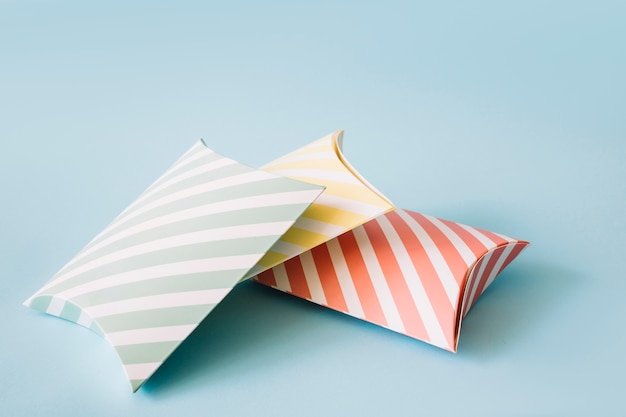
Why Choosing the Right Folding Carton Style Matters
Why Style Matters
Inappropriate selection of folding carton style would be a serious decision affecting your product’s environment from the time of its creation until the time it arrives at your customer. The reason why it matters here is:
- Product Protection: Proper styling ensures that the product is protected during transit or store handling. For instance, styles defined by reinforced bottoms and inserts are best designed for heavier or more fragile products. Closure panels attached to the main panel further allow the box to fold effortlessly and secure and protect various light to medium-weight products.
- Brand Representation: When it comes to folding cartons, it is really about more than a box. They serve as an extension of your brand. The style selected can even add to the un-boxing experience and a first impression that will surely last in the minds of your customers as well as the overall attention of your brand.
- Consumer Engagement: Carefully designed and styled packaging can make it easier for consumers who require simple open-and-close mechanisms, tamper-evident designs, or special, easy-to-access features such as thumb tabs or custom cutouts. Beautifully designed cartons do not only add value to your product but they will also make it attractive to customers.
In a nutshell, folding cartons is hardly a universal remedy. By learning the various types available and matching these with the particular requirements of your product, companies can enhance functionality, improve aesthetics, and leave a strong impression.
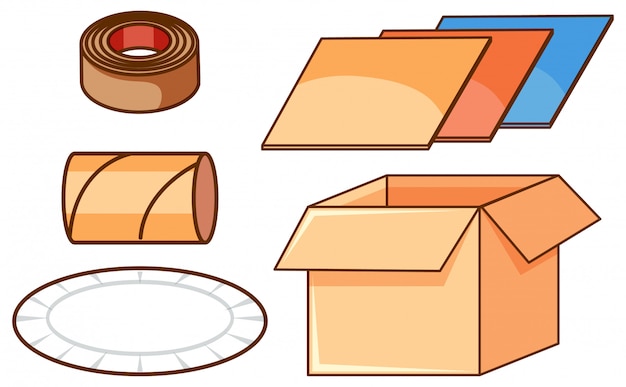
What to Consider When Choosing a Folding Carton Style
Product Size and Weight
Considering the product size and weight are most important in selecting a folding carton style. Cartons that are either too small or too light may not protect the product inside. Whereas cartons that are too large will add to increased material costs and shipping inefficiency.
For heavier items, a better folding carton type may be a Lock Bottom Box or a Crash Bottom Box that holds a lot of weight without compromising any stability. For lighter items, a more streamlined folding carton type, like a Tuck End Box, might be cleaner in appearance and lower in materials.
You can guarantee the specialized carton profiles with the size and weight of the product, thereby ensuring that the packaging not only fits but is strong enough to withstand the product during transit.
Branding and Aesthetics
Here, the first touchpoint that customers experience with their brand is packaging, which can also serve more for branding purposes. A folding carton style that is interestingly designed will leave an unforgettable mark on the user, thus generating brand awareness and loyalty.
Sleeve packaging delivers a modern and sleek design character, thereby making it a great fit for luxury or elite products. Counter display boxes are specifically made to highlight the specialty items in retail areas. These box sleeves afford the freedom of customization coupled with protection; you can order them in small quantities for different target groups or occasions. Adding features such as foil stamping, embossing, or even high-end printing can further increase their beauty, so the end product can compete well when placed on the shelves.
When selecting the style for your folding carton, it is also essential to keep in mind the visual goals of your brand and the message it wishes to convey about itself to the proper audience.
Functional Requirements
The packaging of folding cartons must address the needs and desires of the product and also fulfill consumer expectations. The key things to consider include:
- Protection: When dealing with products that are either delicate or quite expensive, options like Boxes with Inserts or Two-Piece Boxes are ideal as they add a dimension of extra security in transit. Further, the application of a friction lock can increase durability and security by keeping the boxes tightly sealed.
- Display: Utilization of Five Panel Hanger Boxes or Counter Display Boxes would boost the perspective and approachability of the item if these were to be introduced into the sales point.
- Convenience: Features like Thumb Tabs, Custom Cutouts, and Tuck Top Auto Bottom designs can address the ease of use for all consumers, ultimately improving their overall experience.
Balancing these functional needs with the distinct features of your product would ensure that the folding carton style you choose not only addresses practical needs but also enriches the customer experience.
Types of Folding Cartons
The different types of folding cartons all have their characteristics and benefits regarding a specific packaging need. The principal types of folding cartons are paperboard folding cartons and corrugated folding cartons.
Paperboard Folding Cartons
A lightweight carton design created by folding a single-sheet paperboard, folding cartons are great for fast assembly. Most often designed for retail products owing to their neatness, mostly shapes used in the food, cosmetics, and pharmaceutical industries, paperboard folding cartons present suitable packaging solutions. You can print and finish paperboard folding cartons in several diverse ways, so that they may be made visually appealing and still functional. Moreover, they provide brands with the opportunity to make their mark with tailor-made products while presenting an open space on the same shelf.
Popular Folding Carton Styles and Their Variations
Tuck End Box Styles
Tuck end boxes are perhaps the most versatile and adaptable form of automatic folding carton because of their simplicity, ease of assembly, and sleek design. These boxes are generally employed for lightweight to moderately heavy products, and they are available in different versions:
- Straight Tuck End (STE) Box: Top and bottom splits run in the same way, for an installation that has clean edges and a seamless appearance. This is ideal for high-end exposed goods from cosmetics to electronics.
- Reverse Tuck End (RTE) Box: The top and bottom panels tuck in opposite directions for balance and stability of the structure. RTE boxes are conventionally employed for food items, pharmaceuticals, and retail packaging.
- French Reverse Tuck (FRT): Much like it with a normal revert tuck but has a very classic form of implementation to make such a presentation more elegant, mostly used in luxury product packaging.
Bottom Closure Box Styles
Boxes that offer an extra means of sturdiness and security to your goods are to be used for your heavier items or those that require extra support during handling and shipping.
- Tuck Top Snap-Lock Bottom (TTSLB) (1-2-3 Bottom): Up tuck top and lock bottom concept makes the pack supposedly captivating by having a tuck top with a fortification bottom for extra sturdiness and durability.
Tuck Top Auto Bottom (TTAB) (Bottom Pops into Place Automatically): Conveniently designed, this style automatically entails the formation of the base once opened; therefore, it is favored by businesses that wish to economize on assembly while providing superior structural integrity.
Two-Piece Box Styles
Double-wall tuck front boxes serve the purpose of providing customers with an upmarket unboxing experience.
- Double Wall Tray & Lid: These boxes come with a lid and a base as separate components, making them capable of providing amazing protection and enhancing the perceived worth of the product. Such types of boxes are best suited for jewelry, apparel, and gift packages, as they can get very elaborate customizations through finishes such as embossing or foil stamping.
- Six Corner Box: This two-piece box design is stronger than the previous designs and is used mostly for heavier or very fragile items. A six-point construction offers added strength and durability.
Specialty Packaging Styles
This specific type of Specialty Packaging Style is referred to for very unique purposes, mostly because they are functional and geared explicitly at something the product may require in special marketing or display needs.
- Holster Boxes (HOL): Due to their small size, these boxes are ideal for small retail products, such as perfume and jewelry products. Thus, they can be easily assembled and offer a very snug fit.
- Sleeve Packaging (SE): Being sleek and minimalist in definition, sleeve packaging is apt for adding overwhelming visuals to products such as cosmetics, food, and electronics. The sliding sleeve design would only elevate this sophistication.
Counter Display Boxes: Placed atop the retail counters, to maximize product visibility and accessibility for consumers, the boxes are aimed to be used for point-of-sale displays.
- Five-Panel Hanger Boxes: These cartons have the ideal kind of fifth-panel tab for retail displays with an emphasis on tight shelf space. Typically, lightweight products such as toys and small electronic items are carried within.
Enhanced Functional Packaging
The choice of desktop or rack mount systems influences the design of the housing.
- Boxes with Inserts: Inserts serve to keep individual products in place within the Box, assisting in protection and an organized presentation; they are useful when handling fragile items or items sold in multiple parts.
- Boxes with Custom Cutouts: These cutouts are going to increase modernity and utility, allowing consumers to see the product from the outside. Such emanation can be with cosmetics or electronic devices.
- Boxes with Thumb Tabs: Thumb tabs make it easy to open and reseal packages, thus enhancing user experience. They are especially beneficial for items requiring repeated access, such as pharmaceutical items or food products.
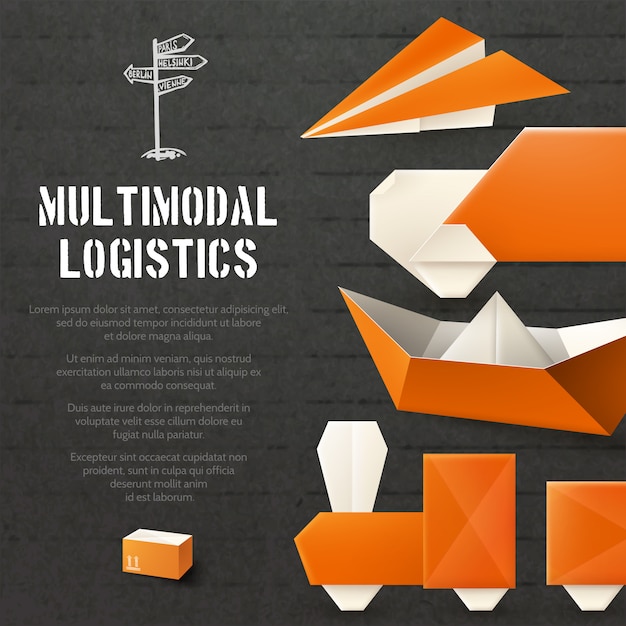
Folding Carton Customization Options
When dealing with folding cartons, selecting the appropriate style seems to be the first step. Customizing makes your cartons un-functionally useful, visually appealing, and on-brand. Let me give you a short account of the customization options that matter:
Material
Folding carton varieties with a wide array of paperboard stocks are available for your needs. For a natural and eco-friendly look, Kraft paperboard will be ideal in that. If your brand is strictly inclined toward sustainable practice, there is always the option for recycled paperboard. For that added touch of luxury, coated paperboards or specialty paperboards give a nice smooth surface that looks pretty with exceptional high-impact printing.
Printing and Finishing Techniques
Custom printing and finishes open up limitless avenues to create packaging that not only looks good but also speaks your brand’s language. Embossing, debossing, foil stamping, and matte or gloss coatings will add not just depth but also bling, creating an illusion of higher value for your product.
Customizing folding cartons is a fascinating subject. You can learn about more options and how they can affect the look of your folding cartons in our guide on folding carton customization.
Folding Carton Packaging Applications
Folding cartons are applied in a myriad of industries, each with its unique needs. Following are some of the most common applications, with links provided for packaging recommendations by industry:
Food and Beverage
Cartons are then utilized in the food and beverage sector, where they have to find a balance between safety and aesthetic appeal. Tuck auto-bottom boxes or Sleeve Packaging styles serve to keep food fresh on the inside but can be quite appealing to the eye on the store shelf. Click to find out more about food and beverage packages.
Cosmetics and Personal Care
Packaging is often designed to reflect a sense of luxury along with conveying the brand identity in the beauty and personal care industry. Packaging styles such, as Two-Piece Boxes and Custom Cutout Boxes, not only convey high-end appeal in displaying value but also help in keeping delicate products protected. Try out our suggestions regarding cosmetic and personal care packaging.
Pharmaceuticals
It is in the pharmaceutical business where precision and conformity rule the roost. Folding cartons like Reverse Tuck End Boxes and Boxes with Inserts provide secure, tamper-evident solutions. For further information, address the pharmaceutical packaging guide.
Electronics
In the electronics field, sturdiness coupled with protection is essential for packaging. Styles such as Lock Bottom Boxes and Counter Display Boxes combine durability with marketing functionality, more about that in our overview of packaging in electronics.
Sustainability Considerations
Eco-Friendly Materials
This November 2023, states that sustainability is to the fore for all businesses, with a corresponding influence on folding cartons and their positive benefits toward reducing an item with potential environmental impact. Most folding cartons are recyclable or biodegradable products such as kraft paperboard or recycled paper. Utilizing this avenue will reduce wastage and attract eco-conscious consumers for the benefit of your brand reputation.
Sustainable Design Practices
Through intentional design practices, the sustainability of folding cartons can be further improved. Such practices include optimizing carton dimensions for material saving, minimalistic printing, or application of water-based inks. Integrating sustainable design practices can help nurture their green concern and skin haulage while preserving functionality and aesthetic appeal.
More details on sustainable packaging are available in the Sustainability Guide.
Conclusion
The selection of the right folding carton style must be performed for the protection of the product, to elevate the brand perception, and to ensure a favorable customer experience. Starting from tuck-end boxes to consideration of specialized styles like sleeve and two-piece boxes, there are plenty of options to suit your business needs.
I encourage businesses to consider the folding carton style carefully. Consider your product type, branding goals, and functional needs. Time for an intentional choice can thus improve product presentation, customer satisfaction, and loyalty.
Excited to find the perfect folding carton packaging for your product? Consult with our packaging experts to find out more about custom solutions that balance style, function, and sustainability. Call us today to begin! 1-800-661-0394


